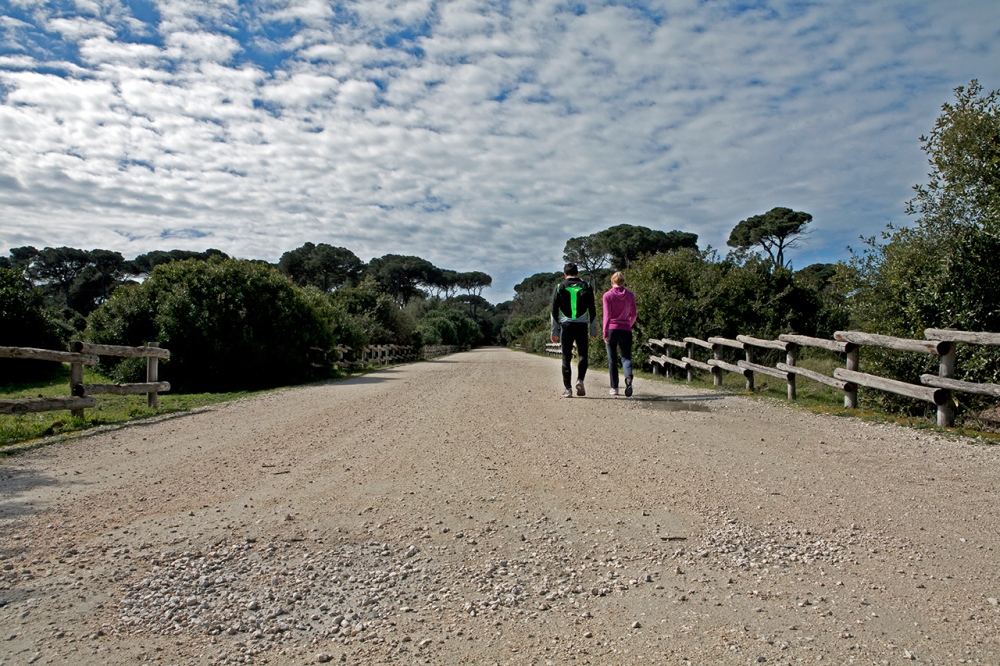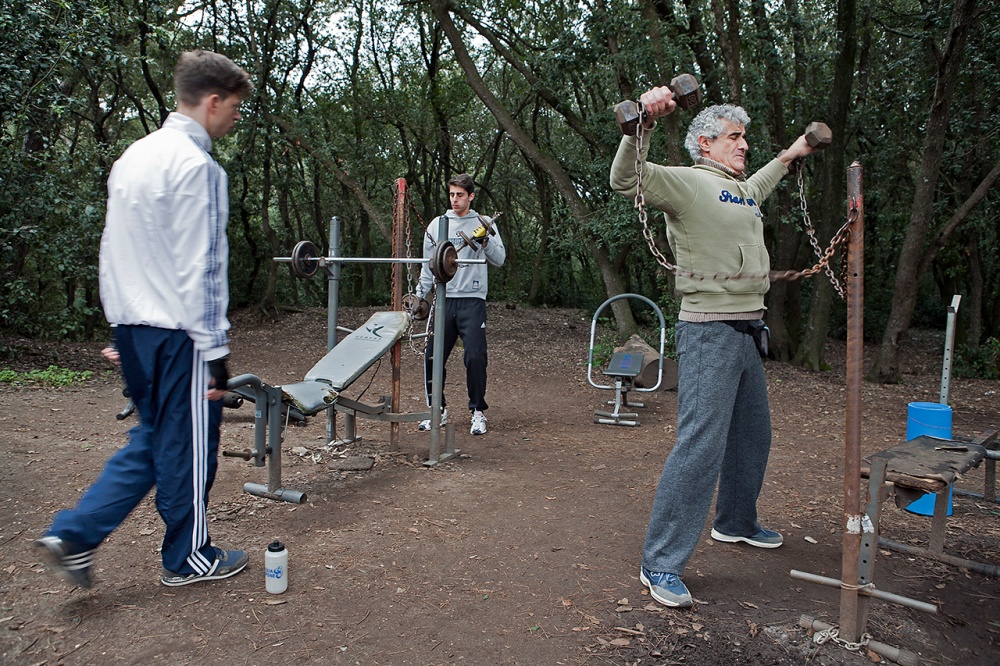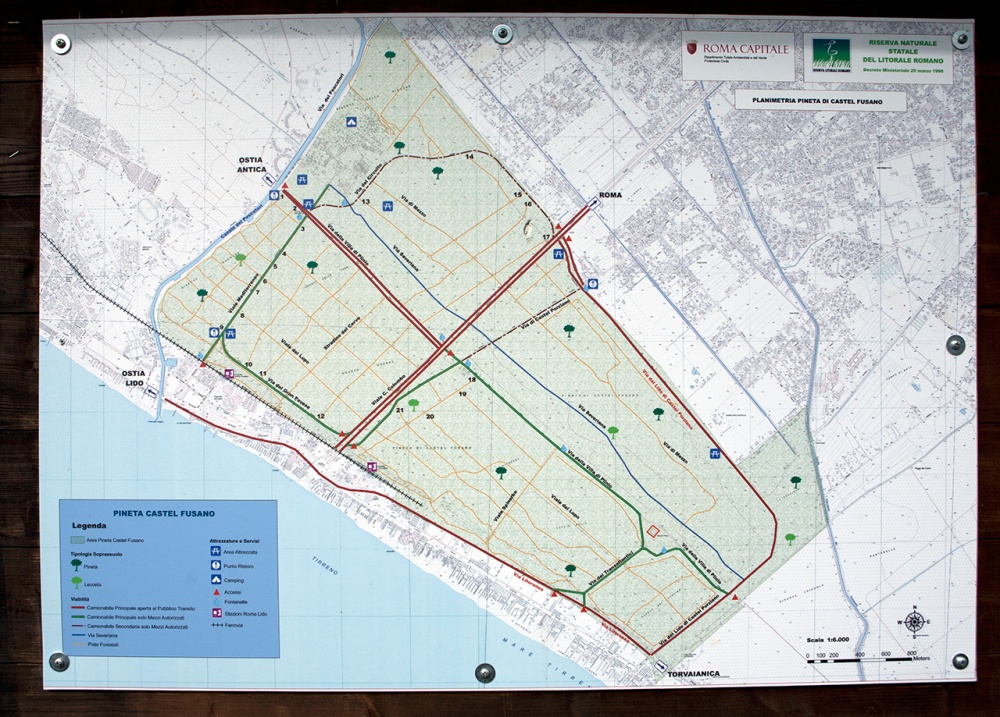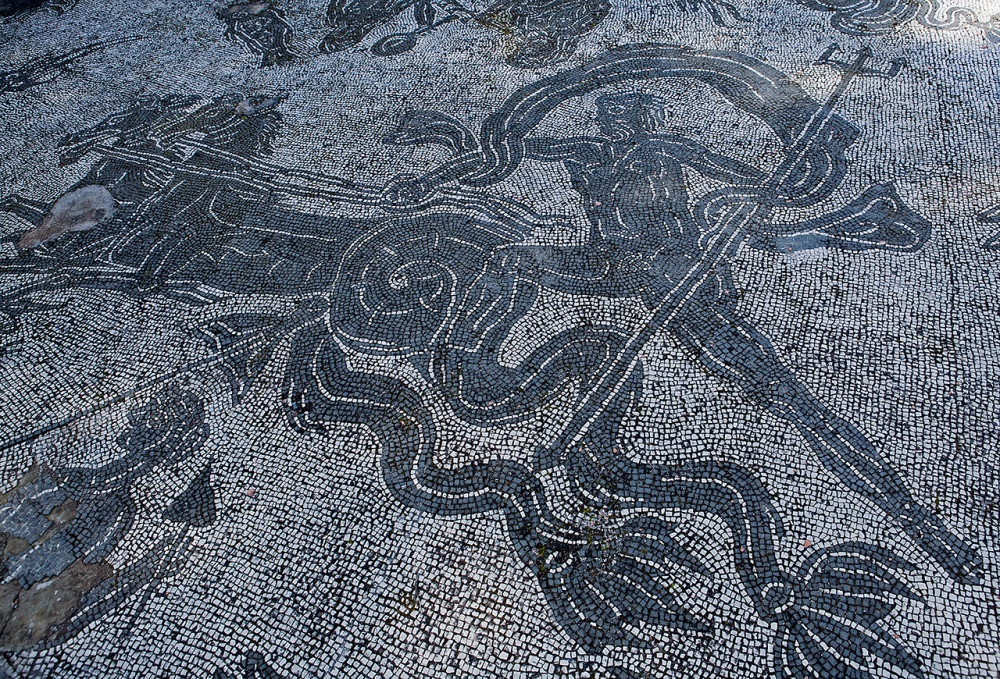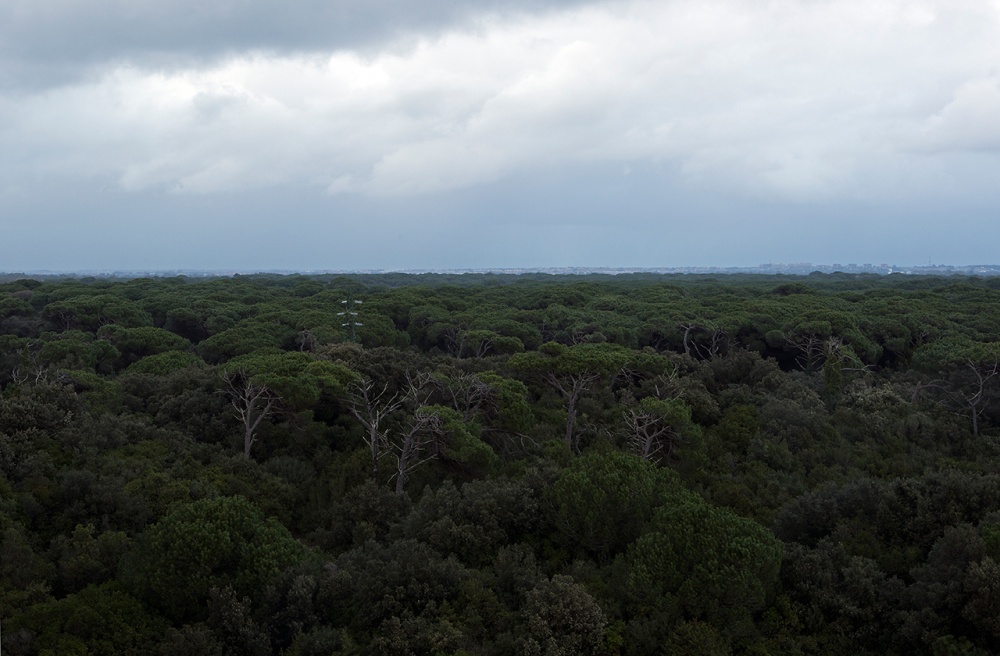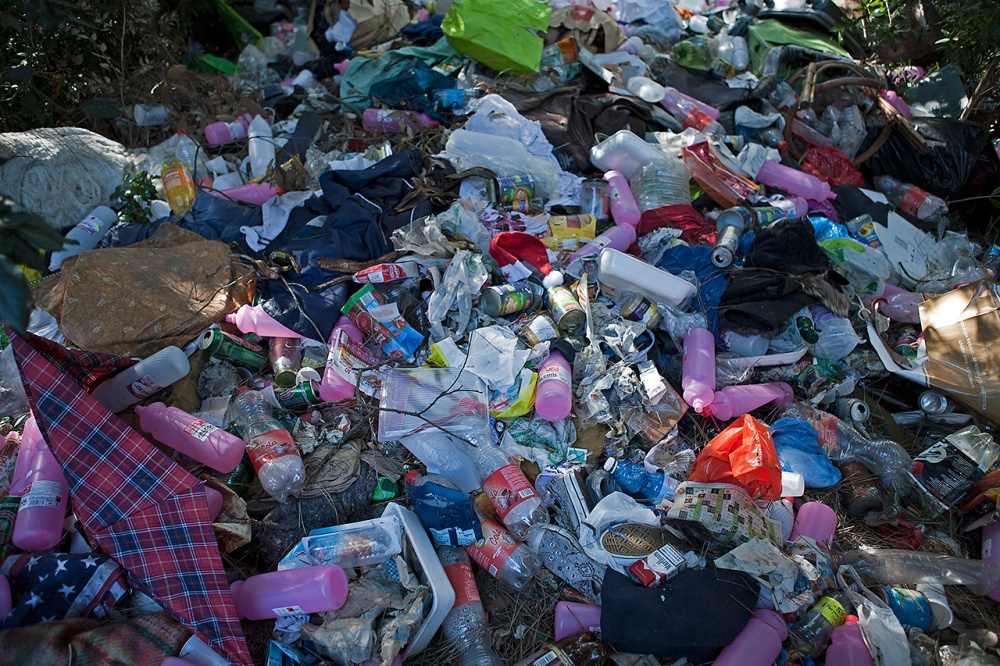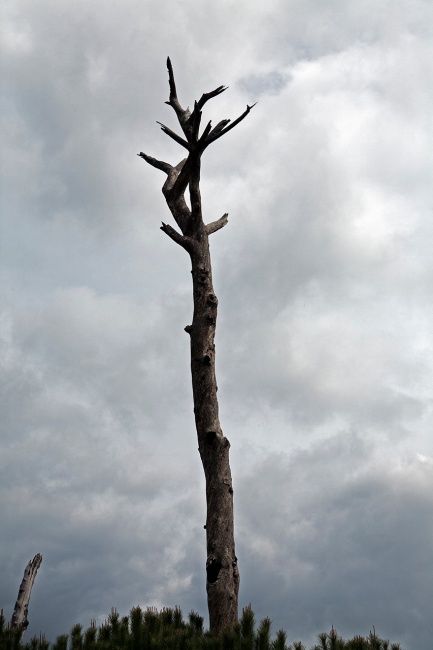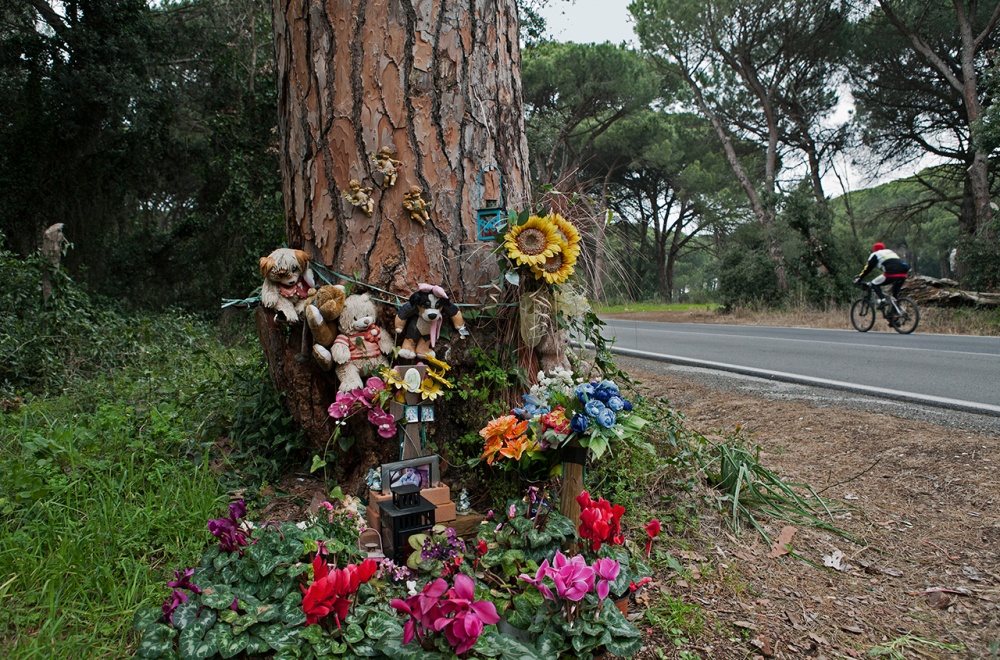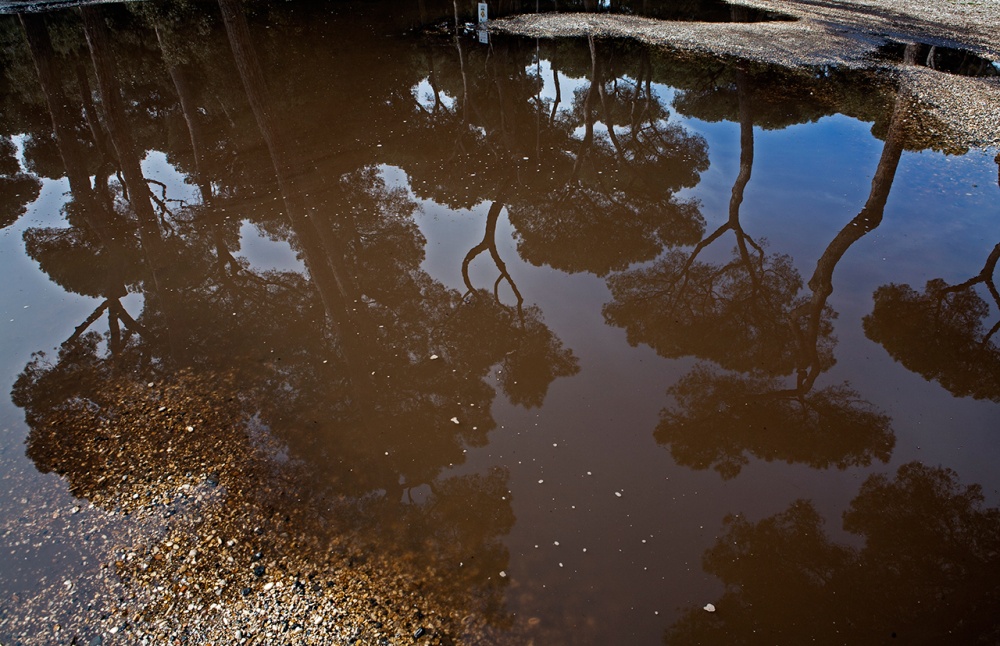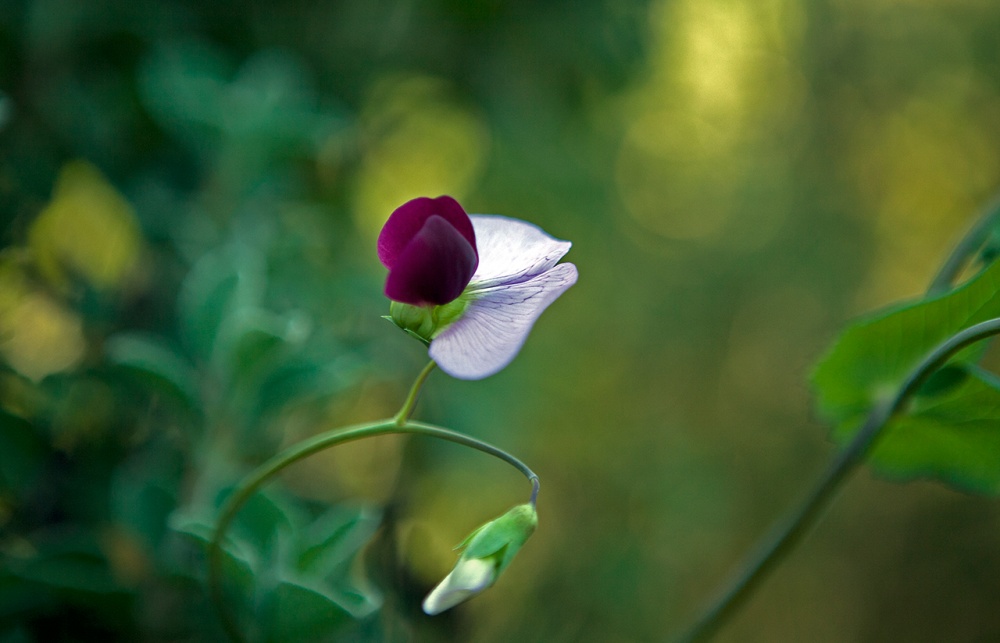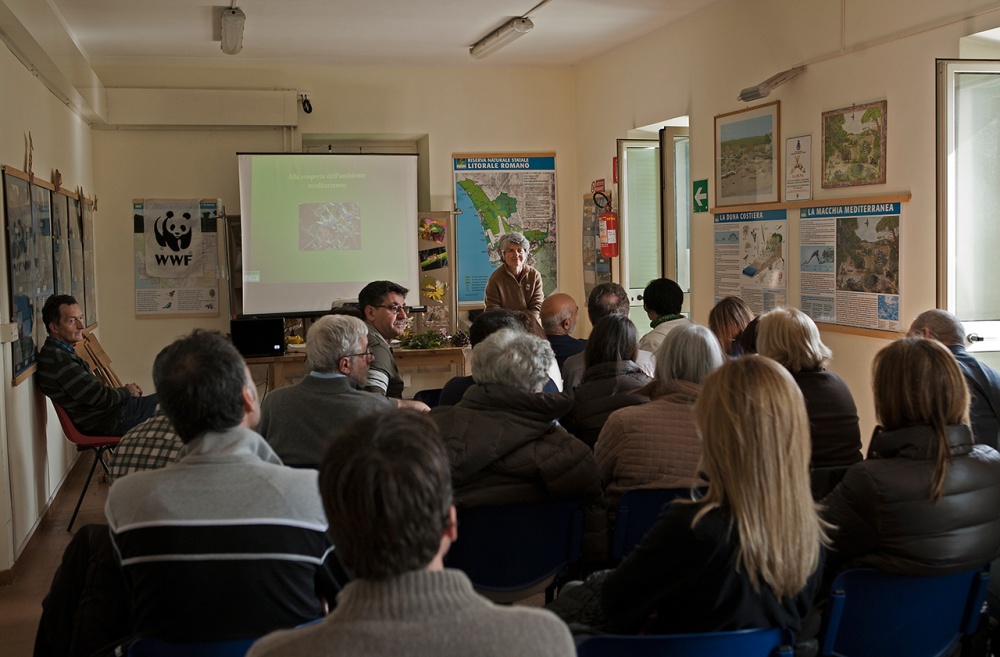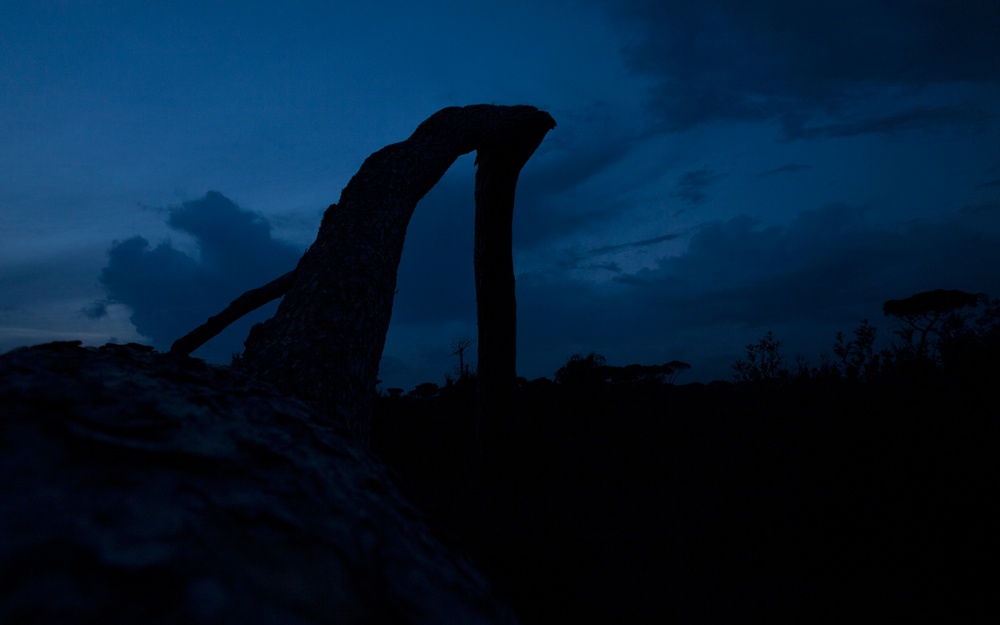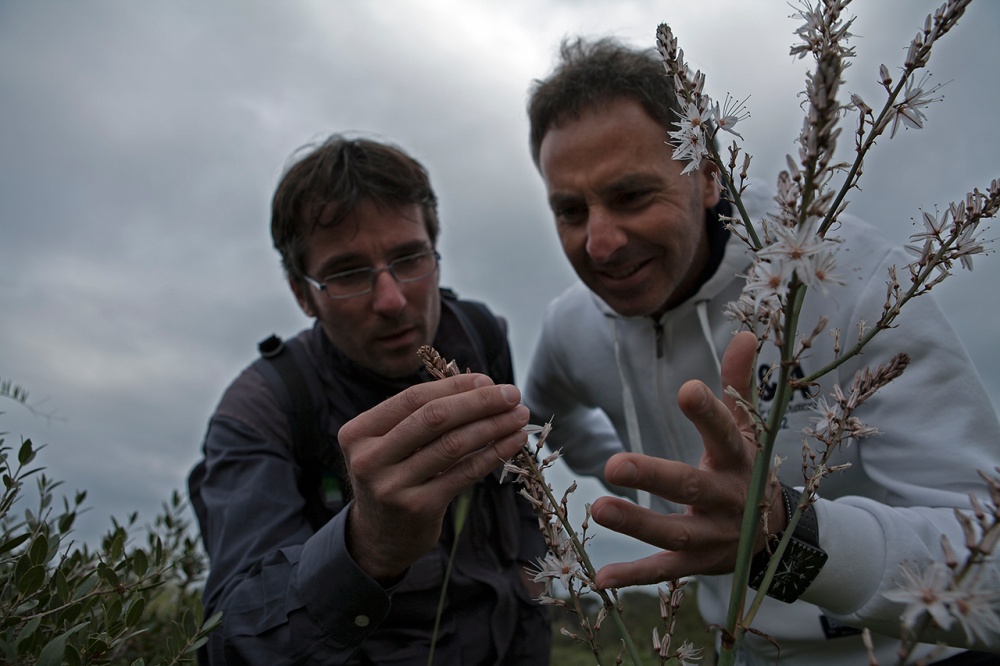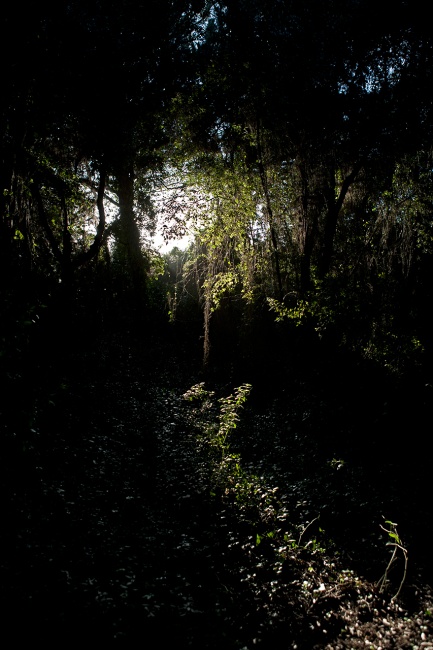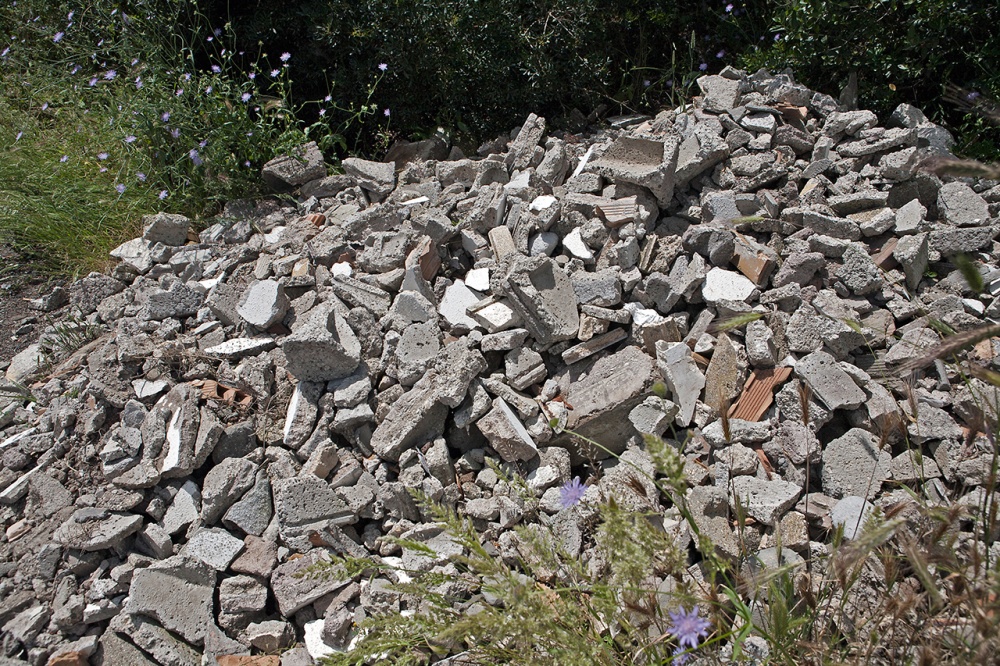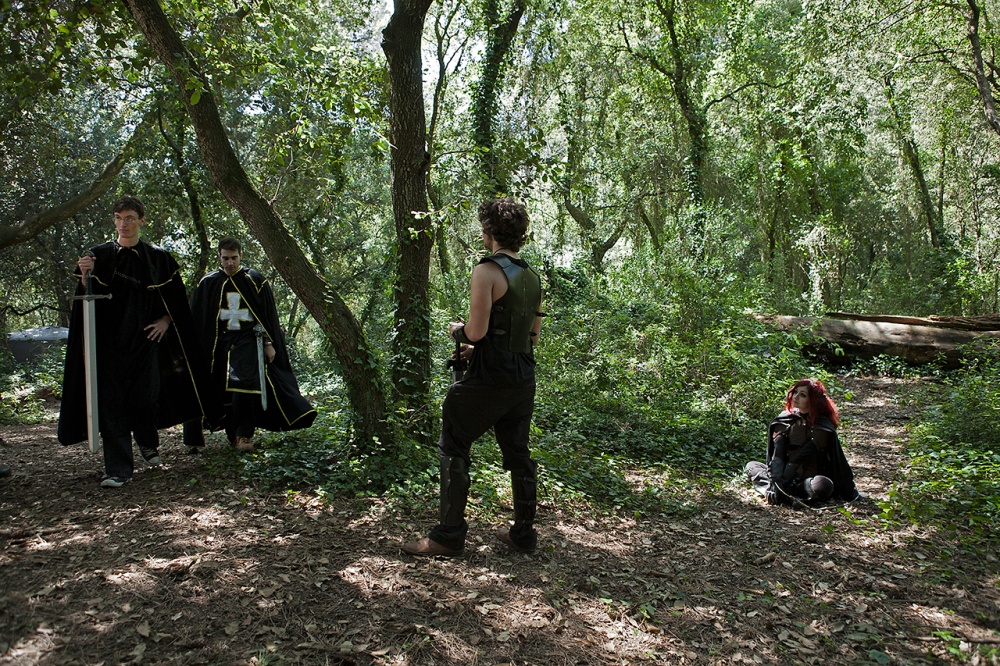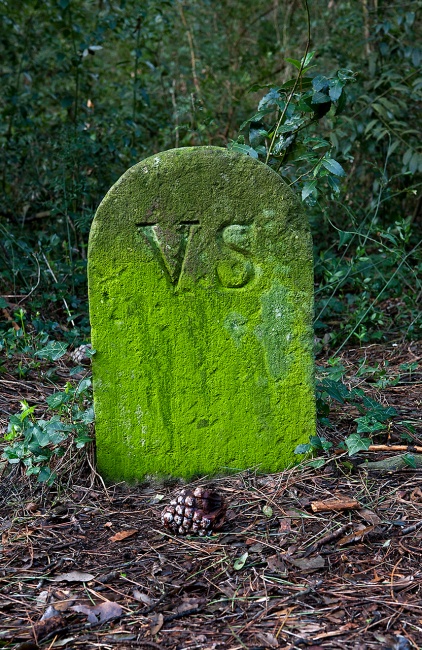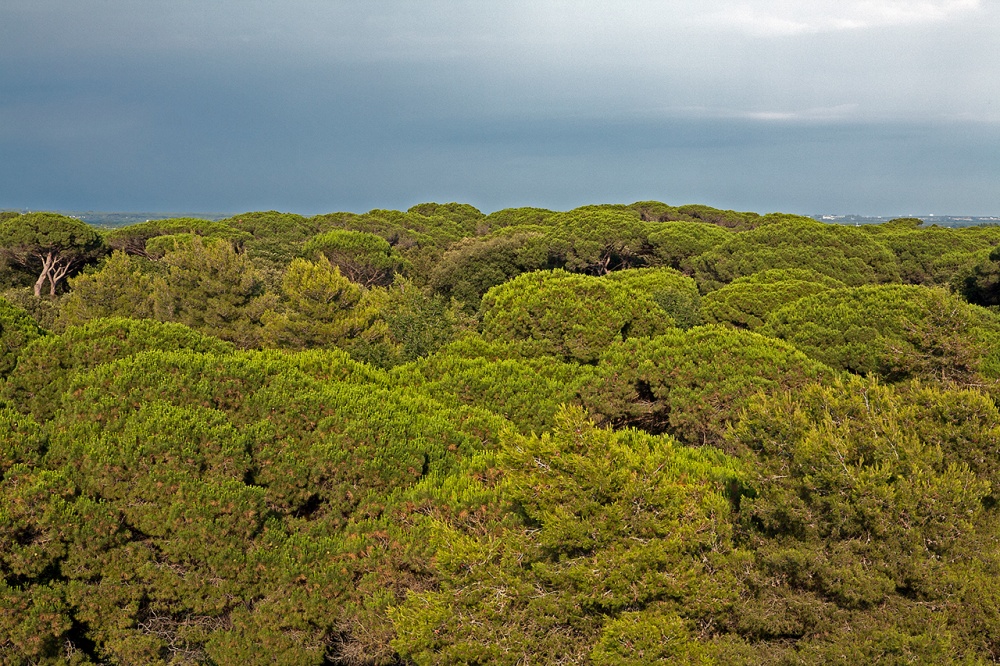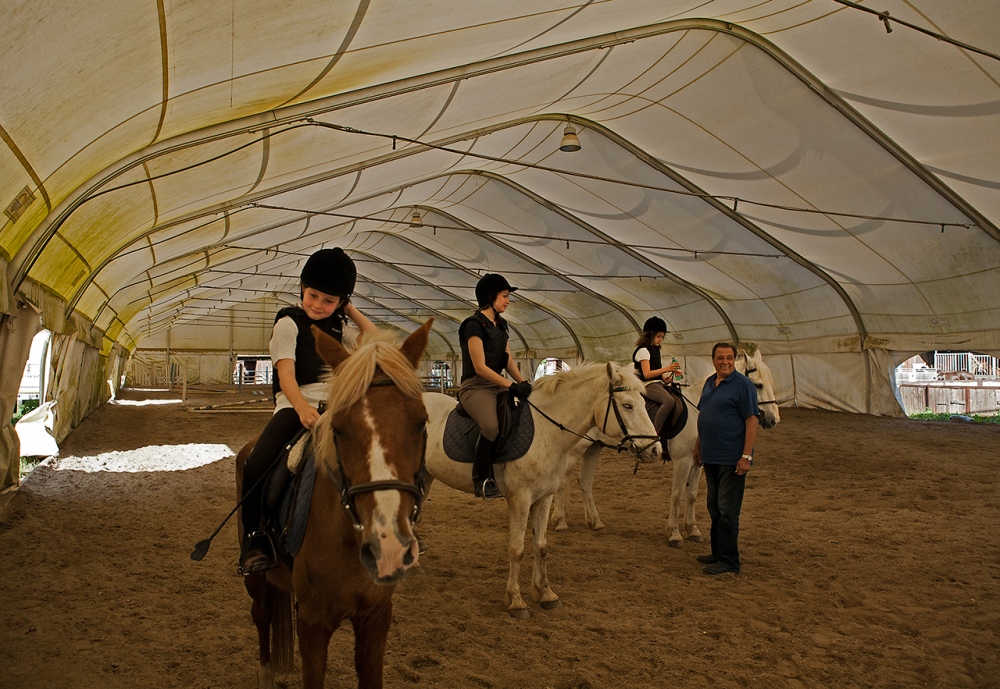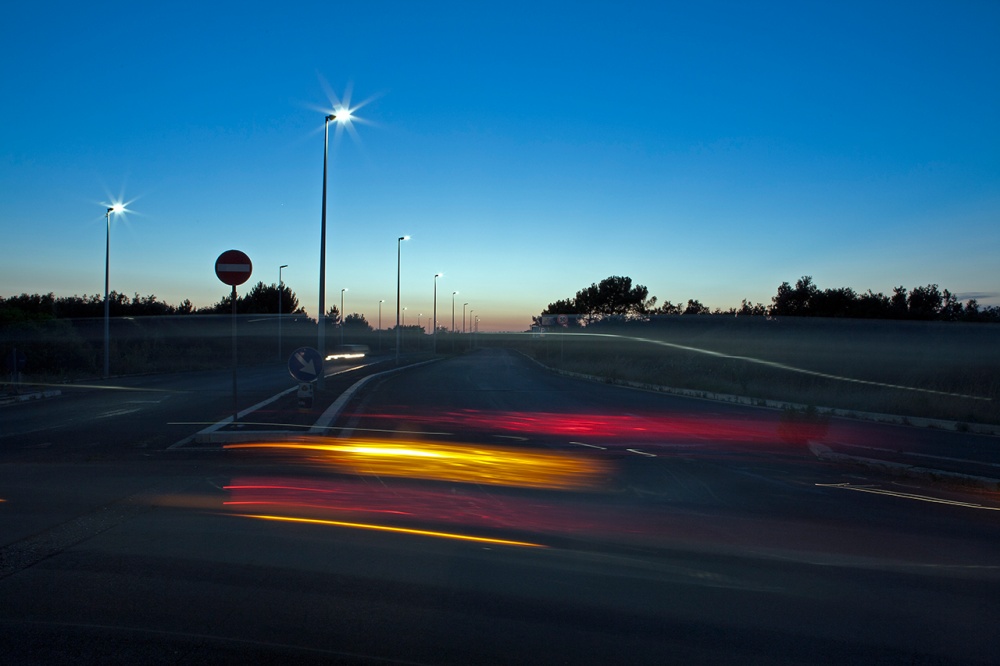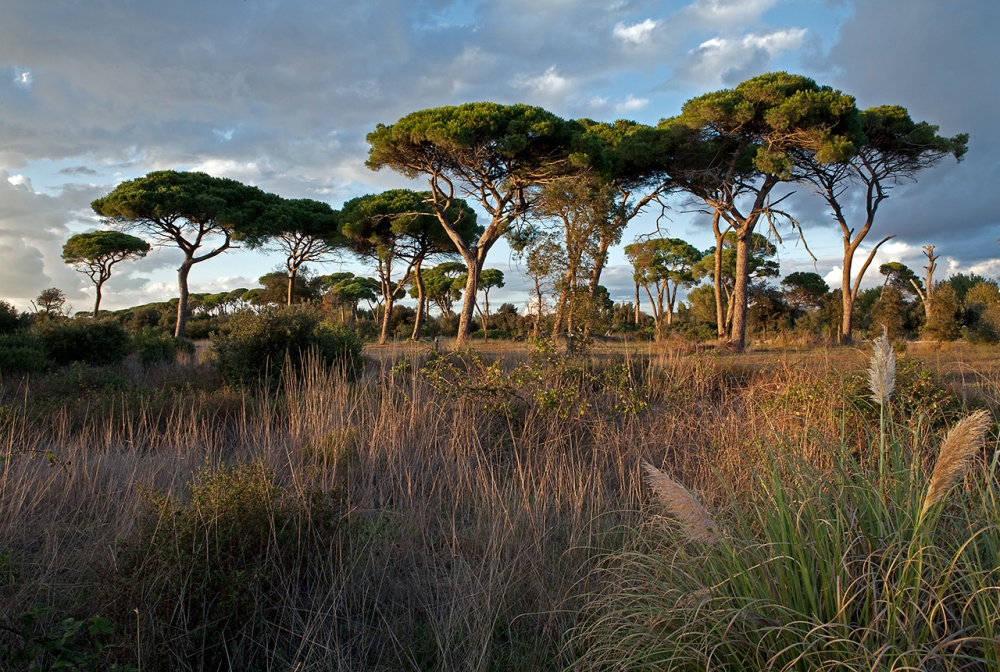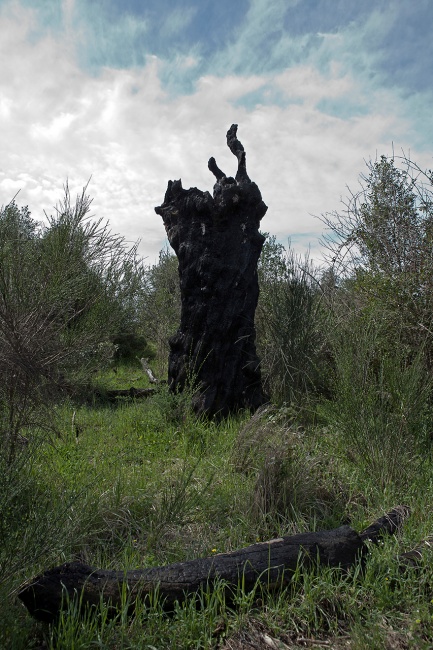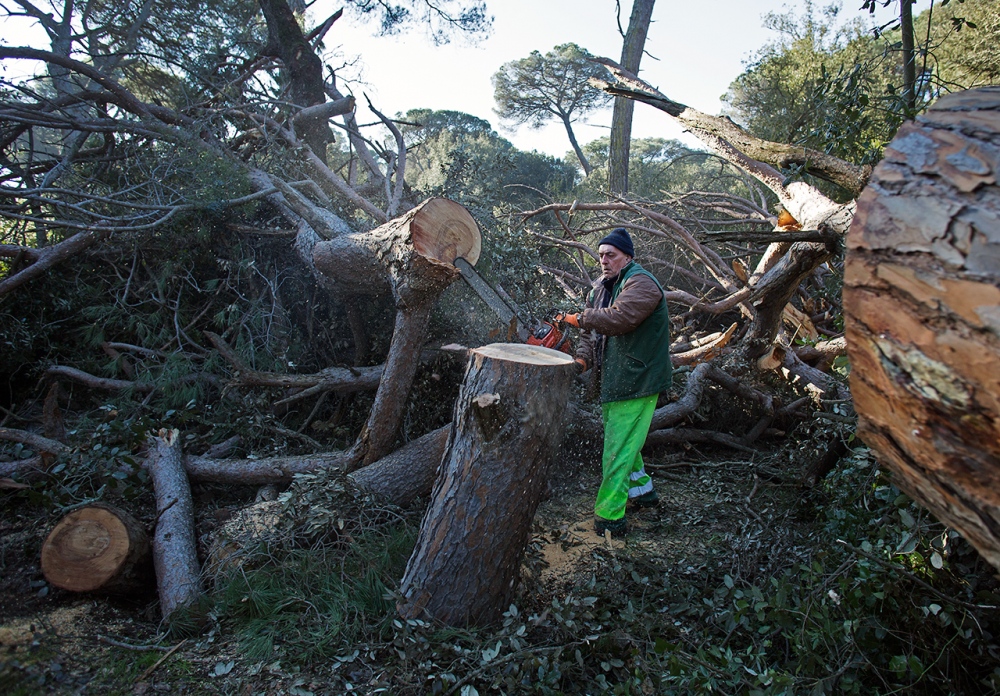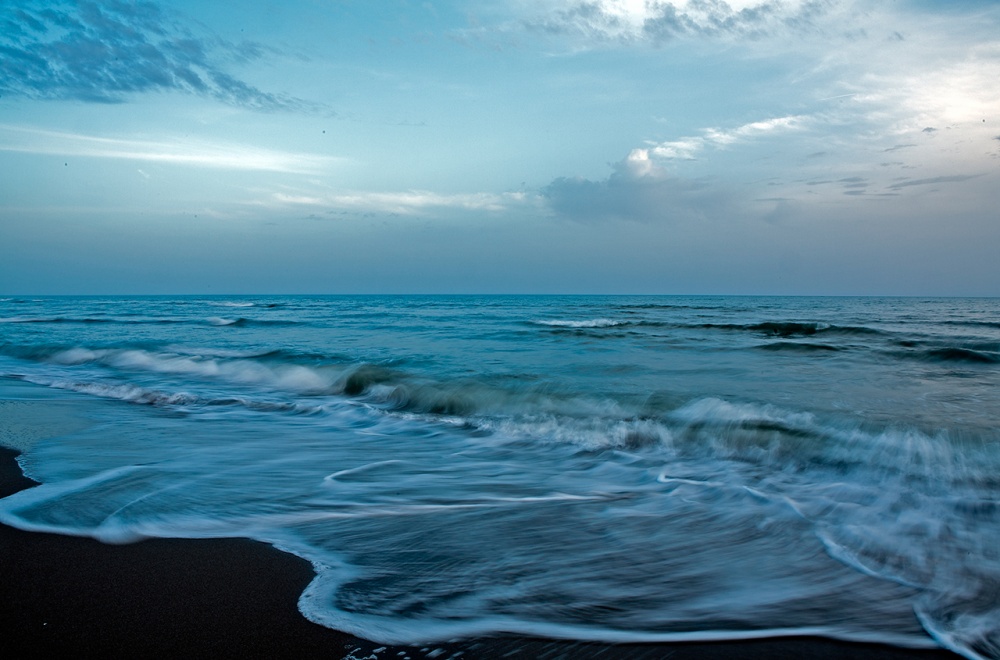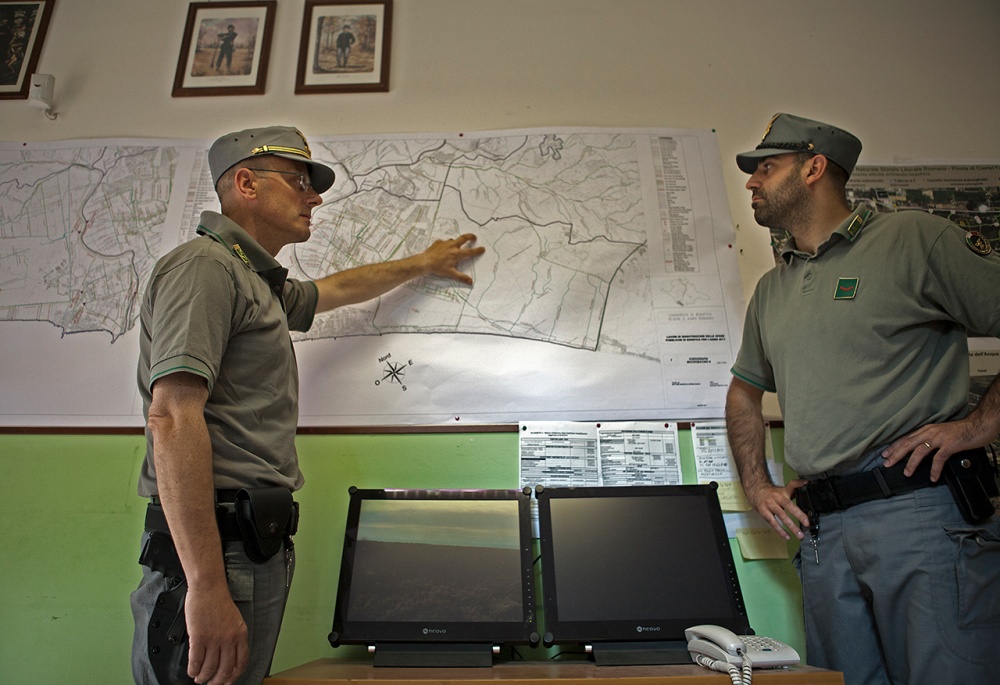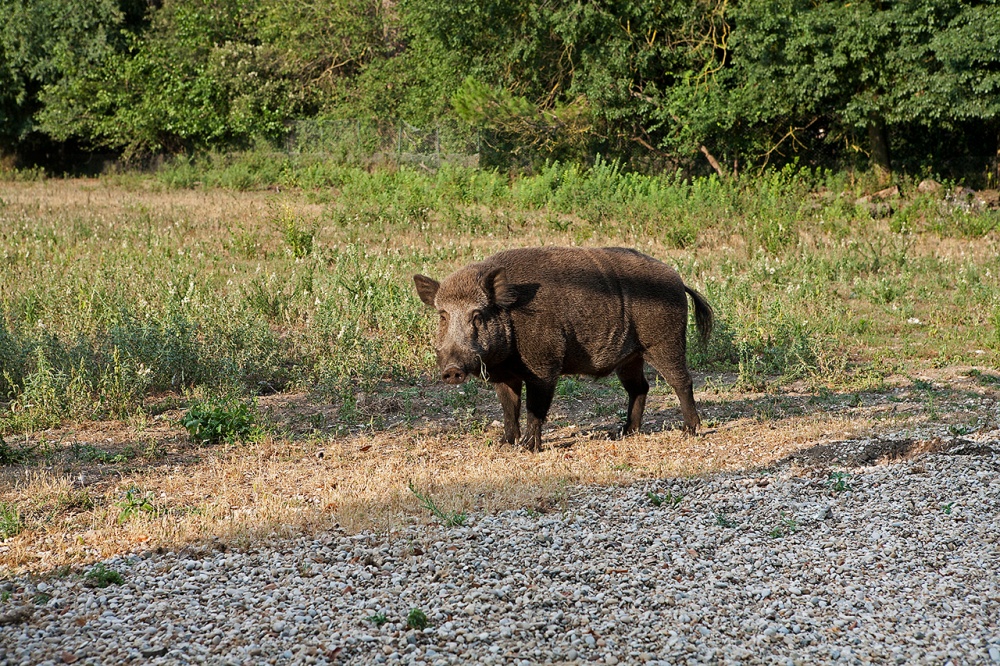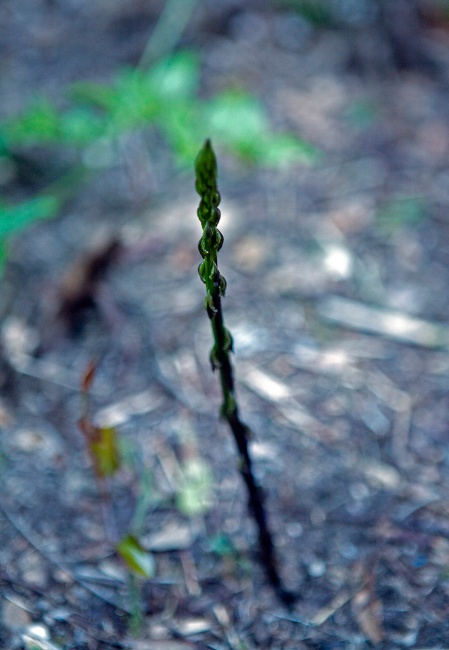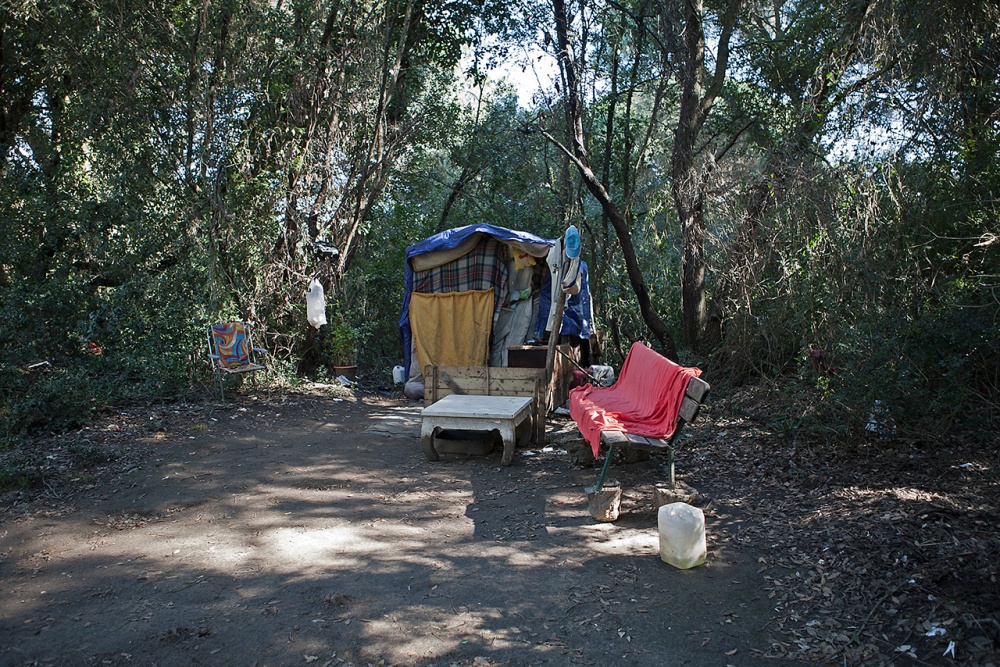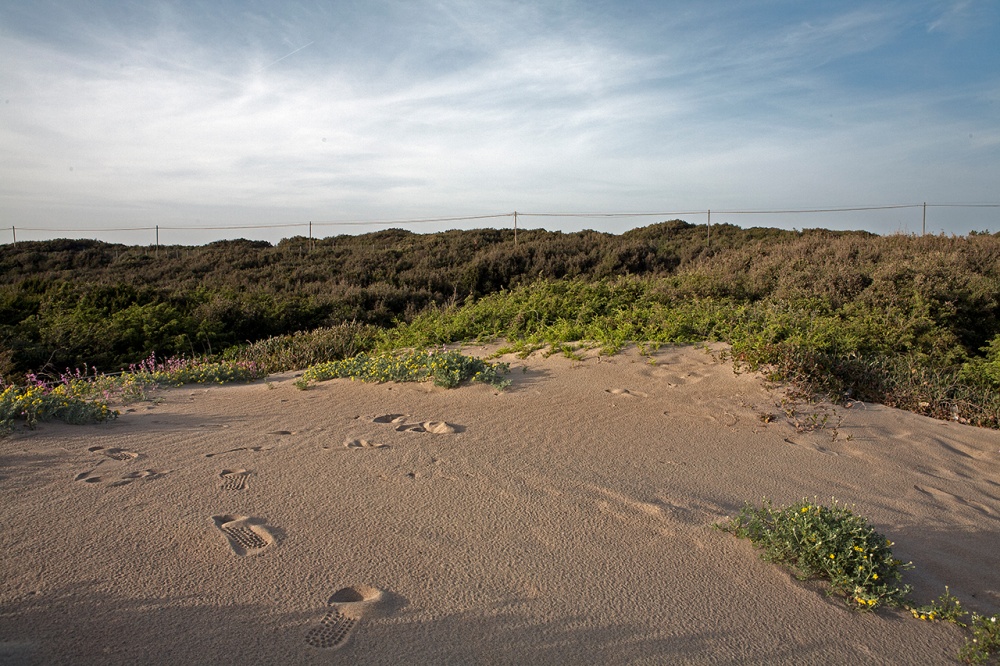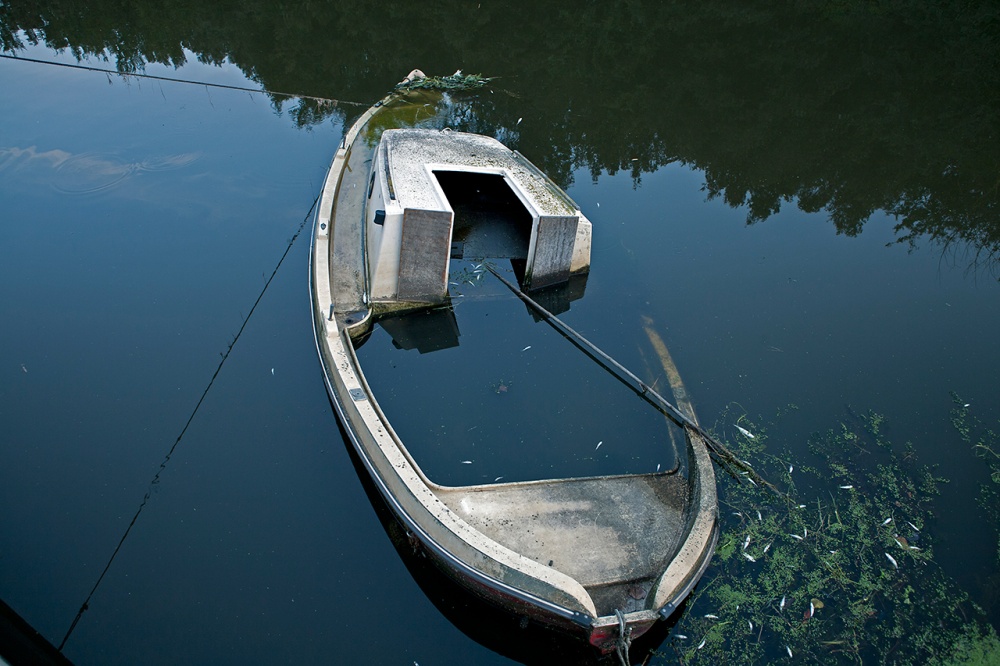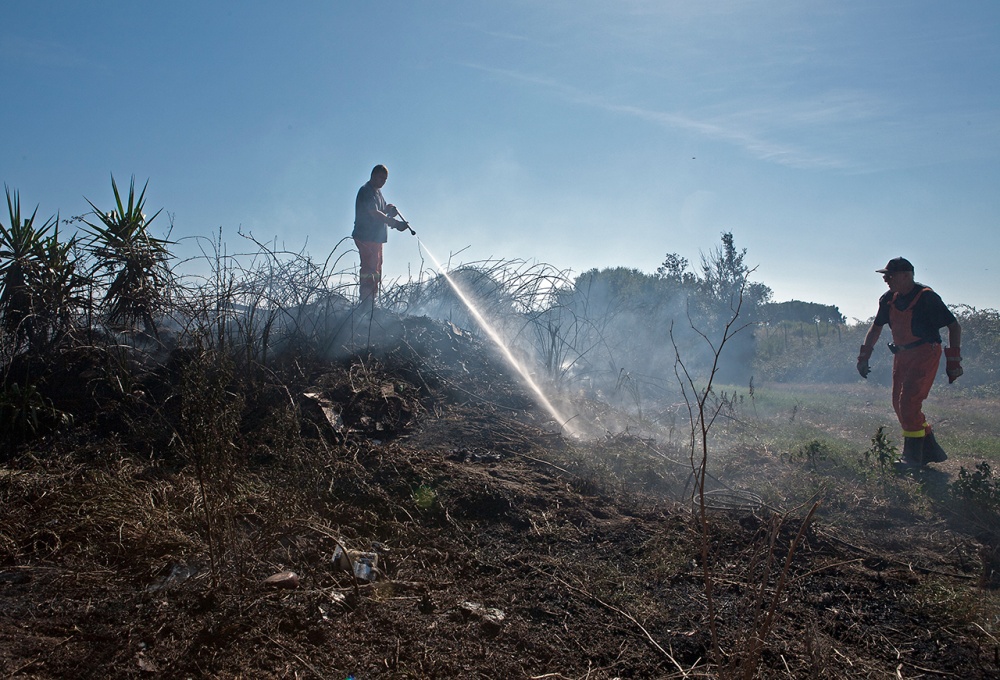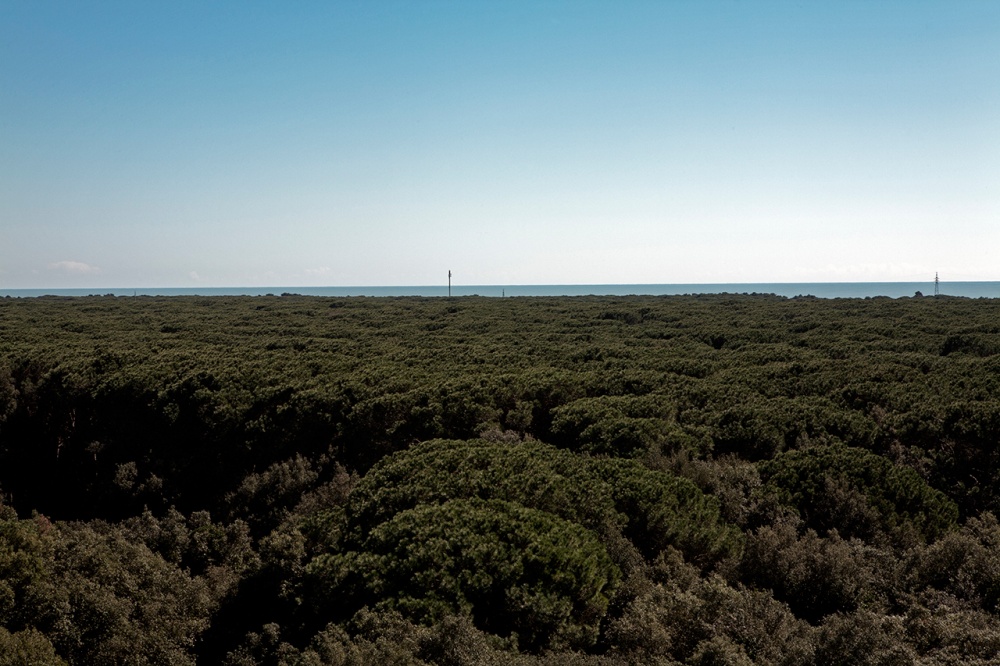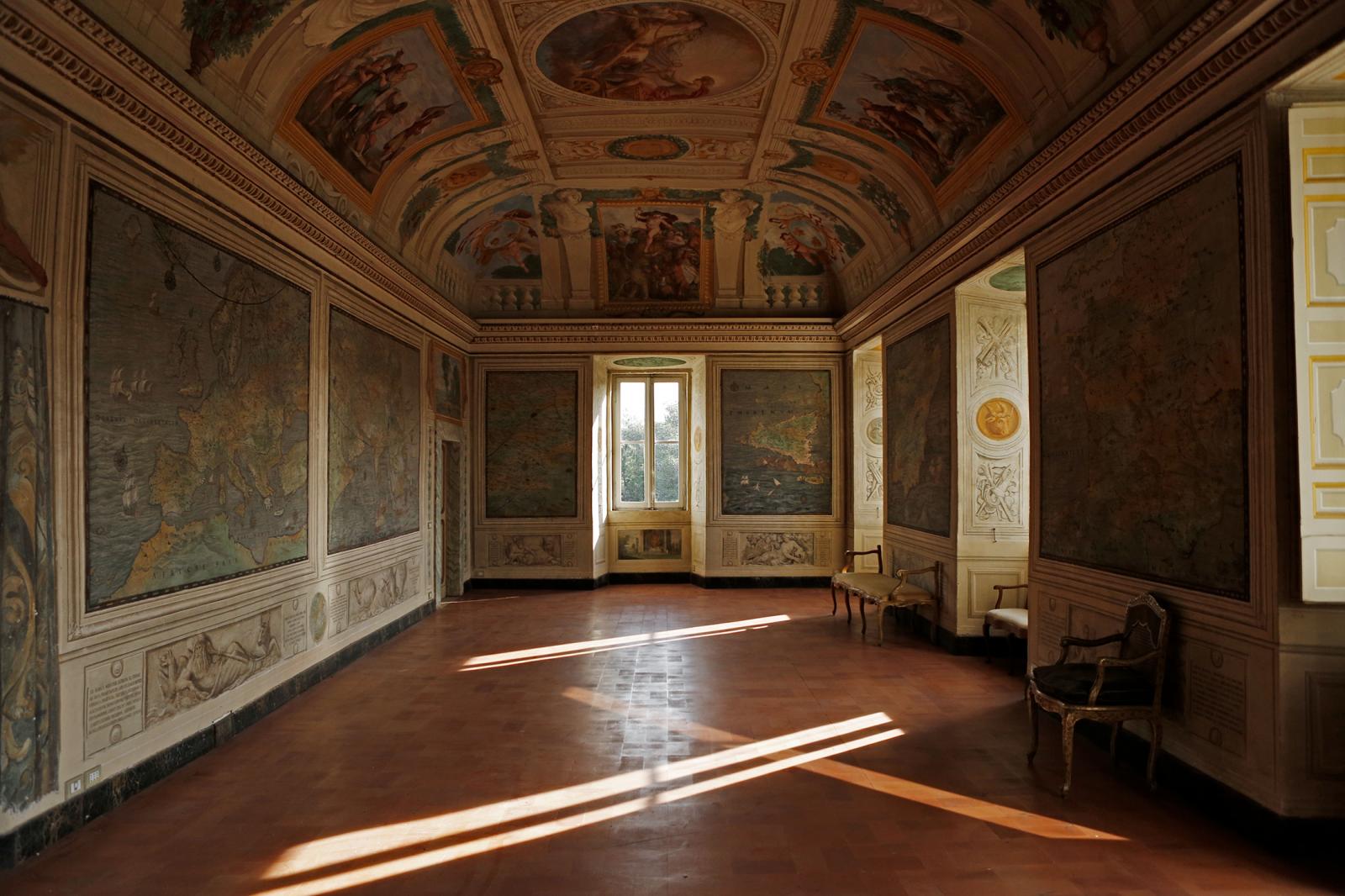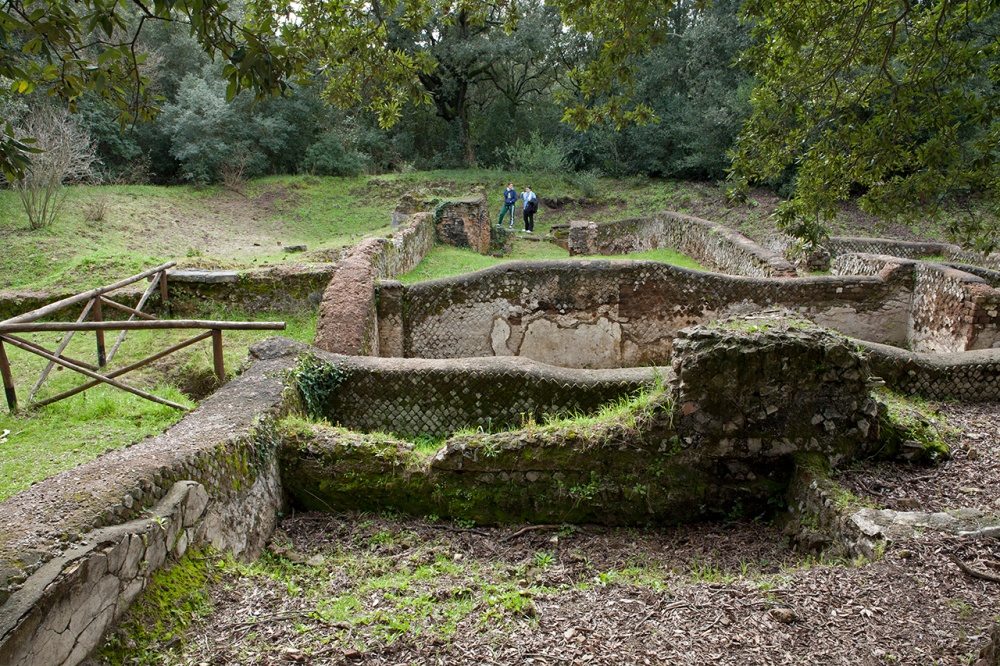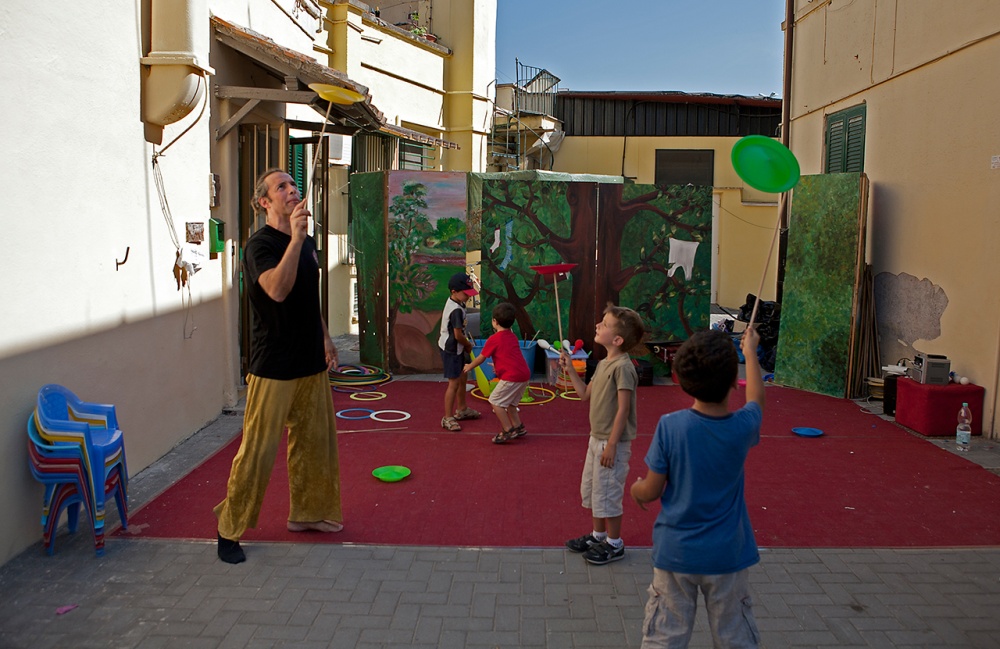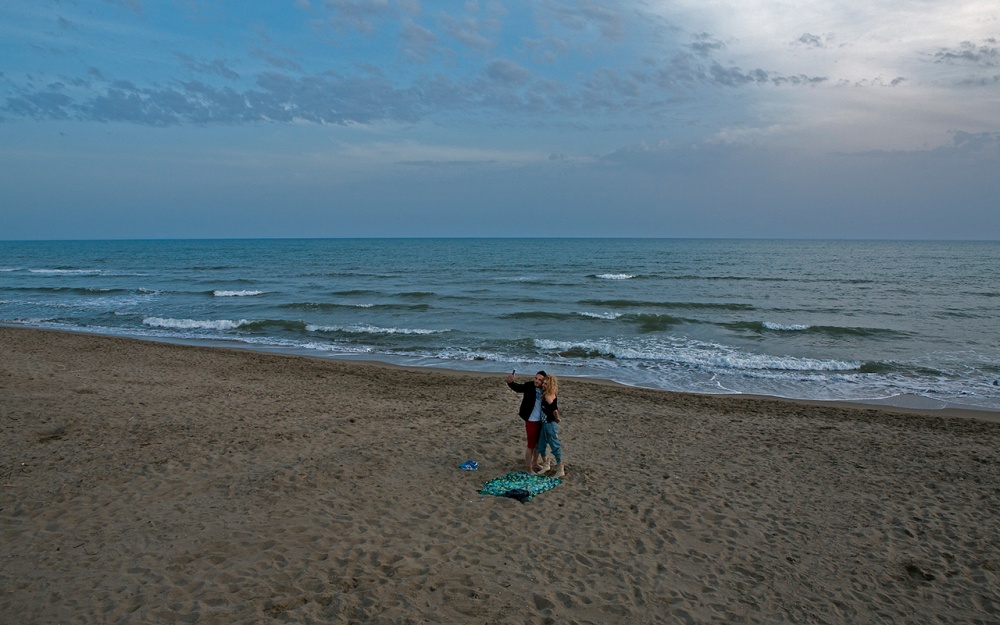The Pineta of Castel Fusano is the largest green area in Rome. Its existence was noted in the works of Virgilio as early as 50 AC. Deep within the pine forest there are the astonishingly well preserved remains of both a Roman road, Via Severiana, and a ruined Roman villa, Villa della Palombara.
7000 domestic pines were planted on the land in 1713, by the Sacchetti Family, who owned it at that time. In the early 1930s it was bought from the Chigi Family by the City of Rome, who opened it to the public, and in 1980 it was made a protected Urban Park by the Regione Lazio.
The park borders the Meditterranean Sea and covers nearly 2500 acres between the town of Ostia and the government owned land, Tenuta di Castel Porziano and is less than 5 km from the Tevere’s estuary.
The vegetation consists mainly of Maritime Pines and Holm Oaks but
recent research has revealed the presence of about 455 species of plants. A broad variety of wild life inhabit the forest, including wild pigs, foxes, hedgehogs, weasels, ferrets, porcupines, rabbits, moles, water snakes, vipers, rare insects and other animals typically found in the Mediterranean fauna.
This beautiful area provides Romans with abundant resources for recreational and sport activities. Its vicinity to the beach resorts, its rich history, its environmental benefits all offer a unique opportunity for tourism and eco-friendly business that is only partially taken advantage of.
In recent years the survival of the park has been threatened by both fire and general degradation. Some of the most neglected areas have become home to nomads. Illegal activity and prostitution proliferate and are openly visible to visitors. In July 2000 a large wild fire destroyed more than a third of the forest.
What was once a beautiful and safe retreat within one of the most visited capitals of the world has become unsavoury in many areas and unsuitable for the activities it inspires. Local authorities and environmental organizations are struggling to preserve and protect the area. The local government has taken some successful measures to control the fires but their efforts are still hopelessly inconsequential when considering the scale of the problems the park faces. It seems that Rome City Council is unable or unwilling to seriously capitalize on the potential of one of its greater assets and cannot even adequately rise to the challenge of protecting it.

